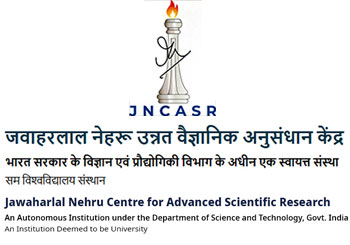In the current times, global health is plagued by the emergence of difficult to treat, multidrug-resistant infections, which constitute a major share of the annual mortality, worldwide. Antimicrobial resistance (AMR) claims around 0.7 million lives annually, and, if left un-intervened, this figure is expected to rise to ten million by 2050.The rising resistance against the backdrop of fewer approved antibiotics every year, calls for urgent measures by the scientific community to develop new drugs, with lesser or negligible propensity of resistance development by bacteria. Our lab works towards the goal of understanding and countering antimicrobial resistance, development of therapeutic options and newer strategies for tackling infections, as well as biomaterial inventions which aid in preventive approach towards infections.
We have immensely contributed to the field of novel antibacterial agents through the development of new, amphiphilic, membrane-targeting agents which destabilize the bacterial membrane, as well as interact with bacterial cell wall, leading to selective bacterial killing. Our membrane-active small and macromolecules have demonstrated excellent activity against multidrug resistant pathogenic bacteria and fungi with no detectable resistance development by the microbes. Some of our designs have been patented and are being tested for their antiviral effects too. Another major aspect of our work involves undertaking synthetic modifications of certain block-buster antibiotics like the glycopeptide vancomycin and beta-lactam meropenem, etc. against which resistance has started to evolve, with the aim of restoring their activity, either by countering the resistance element, or by conferring additional mechanism of action. We have achieved notable progress in development of semisynthetic glycopeptide antibiotics which have successfully tackled vancomycin resistance. At the same time, with the view of rehabilitation of the shelved out, inactive antibiotics, our lab is working on developing antibiotic adjuvants, i.e. agents which, when used in combination with the obsolete or ineffective antibiotic, will repurpose or reactivate the antibiotic against clinically relevant superbugs.
In the current times of the dangerously spreading and infectious COVID-19, the need for preventive strategies is being reiterated extensively. We have contributed on that front through the development of antibacterial and antifungal paints which can be spray-coated on various surfaces to prevent the easy spread of infections. Similarly, a part of our recent research also involves the development of extremely effective antimicrobial surface coatings which can be coated on a variety of surfaces such as cotton, plastic, etc. to render them antimicrobial. The beauty of these coatings, along with their easy coating strategy, is their multivariate activity against bacteria, fungi as well as viruses! We have further expanded our biomaterials research spectrum by developing polymeric hydrogels which have shown the potential of treating skin tissue infections in-vivo. Such approach can be useful to prevent surgical site infections, one of the major hospital-acquired infections claiming a high number of lives worldwide.
Over the past 10 years of my research at JNCASR, we have explored the various facets of antimicrobial research, including semisynthetic antibiotics, new antimicrobial agents, antibacterial, antifungal and antiviral surface coatings, antimicrobial materials, antibiotic adjuvants, etc. This research has taken shape in the form of several national and international patents for the technologies developed, and a few of them have been out-licensed for further clinical development. The benefits that such technology would accord to our clinicians in fighting the upcoming resistant pathogens, and the innumerable lives that drugs, products and technology developed thenceforth, does warrant an intense, insightful and urgent inquiry into it, which serves as our main motivation!
Highlight publications of 2020-2021:
1. Ghosh, S; Mukherjee, R; Basak, D and Haldar, J. ACS Appl. Mater. Interfaces 2020, 12, 25, 27853–27865
2. Sarkar, P; Samaddar, S; Ammanathan, V; Yarlagadda, V; Ghosh, C; Shukla, M; Kaul, G; Manjithaya, R; Chopra, S and Haldar, J. ACS Chem. Biol. 2020, 15, 4, 884–889
